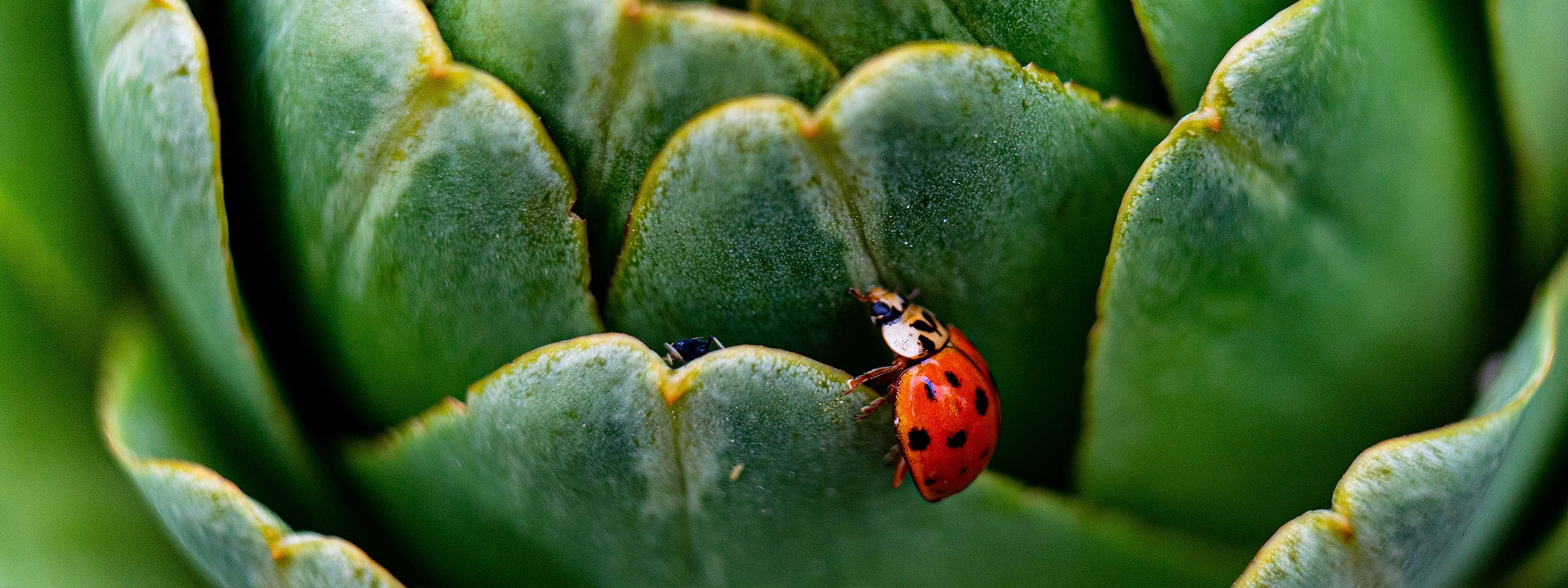Introduction
The article component offers responsive two and three column layouts. It includes fixed-width sidebars.
Containing Elements
The article component is made up of three preassigned areas: header, sidebar, and body.
Unlike other Natura11y components, articles do not provide breakpoint modifiers. Instead, its layout changes from mobile to desktop view at the large viewport (1000px). For three-column layouts, the layout changes again at the extra-large viewport.
Header
.article__Header
Body
.article__body
Figure 1 (below) provides the HTML for the article component's containing selectors. The parent class .article--column-2 (line 1) sets the two-column layout.
<article class="article--column-2">
<div class="article__header">
...
</div>
<div class="article__sidebar">
...
</div>
<div class="article__body">
...
</div>
</article>
| Line # | Details |
|---|---|
| 1 | The parent Here x equals the amount of columns (either 2 or 3). |
| 3-5 | The It holds the article's |
| 7-9 | The It holds the article's sidebar or navigation content. |
| 11-13 | The It holds the article's main content. |
Three column layouts use the .article--column-3 parent selector (Figure 2, line 1). They include a third .article__sidebar child selector (Figure 2, lines 15-17).
Header
.article__Header
Body
.article__body
<article class="article--column-3">
<div class="article__header">
...
</div>
<div class="article__sidebar">
...
</div>
<div class="article__body">
...
</div>
<div class="article__related">
...
</div>
</article>
Layout With Sample Content
Consider the following two-column article layout. A backdrop component is present in the .article__header selector. The article__sidebar contains generic navigation. Finally, article__body has some generic content.
Header with Backdrop
With the example below, the backdrop component is a direct child of the .article__header selector. When this is the case, a left margin is placed on the first child of the .backdrop__cover selector. This margin equals the width of the article's sidebar.
<article class="article--column-2">
<aside class="article__sidebar">
<ul class="nav nav--divider position-sticky-top">
<li>
<a href="#1" aria-current="page">Link</a>
</li>
<li>
<a href="#1">Link</a>
</li>
<li>
<a href="#1">Link</a>
</li>
</ul>
</aside>
<header class="article__header">
<div class="backdrop backdrop--fixed theme-dark">
<div class="backdrop__media">
<img class="opacity-50" src="https://via.placeholder.com/1500x750" alt="Placeholder" />
</div>
<div class="backdrop__cover">
<div class="margin-y-4">
<div class="container narrow">
<p class="h1 text-shadow">
Cynara cardunculus
</p>
</div>
</div>
</div>
</div>
</header>
<div class="article__body border-left">
<div class="container narrow margin-y-5">
<h2>Globe Artichoke</h2>
<p>
The globe artichoke (Cynara cardunculus), also known by the names French artichoke and green artichoke, is a variety of a species of <a href="#1">thistle</a> cultivated as a food. The edible portion of the plant consists of the flower buds before the flowers come into bloom. The budding artichoke flower-head is a cluster of many budding small flowers (an inflorescence), together with many bracts, on an edible base.
</p>
<p>
Once the buds bloom, the structure changes to a coarse, barely edible form. Another variety of the same species is the cardoon, a perennial plant native to the Mediterranean region. Both wild forms and cultivated varieties (cultivars) exist.
</p>
...
</div>
</div>
</article>

